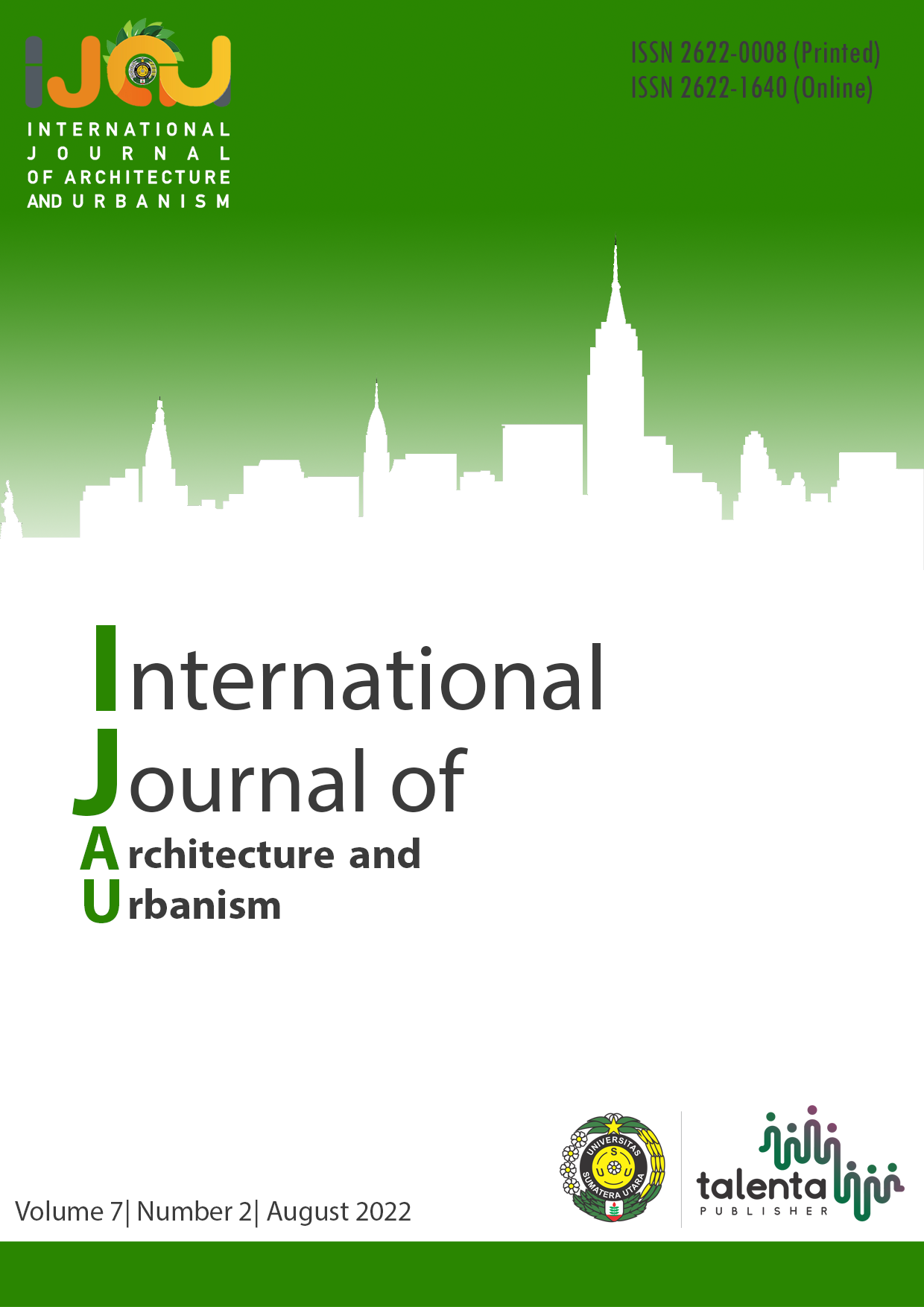Determination of Size Factor Influencing on Evaluation of F atigue Life of Steel Member
DOI:
https://doi.org/10.32734/ijau.v7i2.13509Keywords:
factor, fatigue, effect, notched specimenAbstract
Irrational elements inside of structure become greater with the increase of size so this results in higher probability of fatigue failure. Especially, cracks easily occur in the sections with comparatively high stress. Since ordinary tensile and compressive fatigue experiment can’t provide clear size effect for smooth specimen, it can cause great error in correction of the fatigue strength of a structural member. This paper analyzed size factors of geometrically similar notched specimen based on finite element method and Theory of critical distance (TCD). First, simple formula was presented to calculate size factor of notched specimen by gradient effect, and introduced it to an example to get size factor. Calculation results show it is reasonable to apply size factor to the notched specimen and it is better to reflect size effect under tension and compression. Under the assumption that the life of notched plane mainly depend on the formation of cracks life span formula for steel materials was prepared. And empirical formula for fatigue strength of notched specimen with local feature variable is presented. These formulas and empirical extrapolation were used as the base to determine the formula for size factor of notched specimen. Fatigue simulation and law of approximation were applied to produce a model of skip structure in mine and formula of size factor was used to calculate size factor of member.
Downloads
Downloads
Published
How to Cite
Issue
Section
License
Copyright (c) 2023 International Journal of Architecture and Urbanism

This work is licensed under a Creative Commons Attribution-ShareAlike 4.0 International License.


.png)










